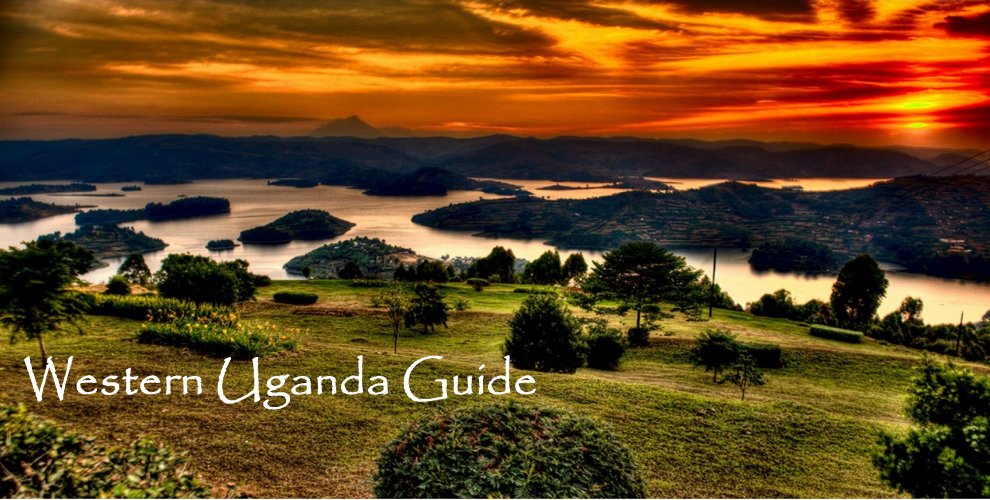
|
Uganda Profile |
Uganda Profile |
Uganda Profile |
Uganda Profile |
|

|
Economically, Uganda’s journey has been one of significant progress punctuated by persistent challenges. A substantial portion of its population, estimated at over 70%, still relies on agriculture, primarily subsistence farming, making the economy highly vulnerable to climate shocks and commodity price fluctuations. Coffee remains the leading export, alongside other cash crops like tea, tobacco, and cotton. The employment landscape is heavily skewed towards the informal sector, particularly in urban areas, where many find livelihoods through petty trade and casual labour. Formal employment opportunities remain limited, contributing to high rates of underemployment and youth unemployment, a pressing demographic challenge given Uganda’s young and rapidly growing population. The government has focused on diversification and industrialisation, investing in infrastructure projects, fostering small and medium enterprises, and promoting vocational training to equip the youth with marketable skills, yet the gap between job seekers and available opportunities remains wide, driving a continuous need for innovative solutions. Poverty, while having seen significant reductions in previous decades, remains a pervasive issue in Uganda, particularly in rural areas and among vulnerable groups. Despite positive economic growth trends before recent global disruptions, a substantial percentage of Ugandans live below the national poverty line, exacerbated by factors such as rapid population growth, climate variability impacting agriculture, and limited access to quality social services like healthcare and education. Income inequality, with a noticeable disparity between urban and rural populations, also contributes to the challenge. The onset of the COVID-19 pandemic and subsequent lockdowns delivered a considerable blow to many households, pushing some back into poverty after years of progress. The government, supported by international partners and NGOs, has implemented various strategies, including social protection programs, conditional cash transfers, and poverty alleviation initiatives focusing on improving agricultural productivity and market access, all aimed at building resilience and fostering inclusive growth.Amidst these challenges, Uganda is also a land brimming with opportunities. Its vast tracts of fertile land, coupled with diverse climatic zones, offer immense potential for agricultural modernisation and value addition, moving beyond raw commodity exports to processing and manufacturing. The recent discovery of commercially viable oil and gas reserves in the Albertine Graben promises to be a significant game-changer, with production expected to commence in the coming years, potentially transforming the nation's economic landscape and providing substantial revenue streams if managed transparently and equitably. Furthermore, Uganda’s strategic location within the East African Community (EAC) provides access to a large regional market, fostering trade and investment. The young and dynamic population, often seen as a challenge, also represents a significant demographic dividend if adequately educated, skilled, and engaged in productive employment. Investments in infrastructure—roads, energy, and digital connectivity—are opening up new avenues for business and commerce, while a growing entrepreneurial spirit, particularly among the youth, is driving innovation in various sectors, from technology to agro-processing. Undoubtedly, one of Uganda's most significant assets and a key driver of its economy is the tourism sector, a true embodiment of its "Pearl of Africa" moniker. The country boasts an unparalleled diversity of attractions, from the misty mountains of Bwindi Impenetrable and Mgahinga Gorilla National Parks, home to over half of the world's critically endangered mountain gorillas, to the powerful Murchison Falls, where the Nile River cascades through a narrow gorge. Queen Elizabeth National Park offers classic savannah safaris with its tree-climbing lions, while the snow-capped peaks of the Rwenzori Mountains provide a formidable challenge for mountaineers. Beyond wildlife and natural wonders, Uganda's rich cultural heritage, with over 50 ethnic groups, offers unique opportunities for cultural tourism, allowing visitors to immerse themselves in traditional dances, music, and local customs. The sector has seen substantial growth over the past two decades, attracting foreign exchange, creating employment opportunities, and fostering local economic development, particularly in rural areas surrounding national parks. The government is actively promoting sustainable tourism, emphasising conservation efforts and community involvement to ensure the long-term viability and benefits of this vital industry, while also investing in improved infrastructure and marketing to enhance Uganda's global appeal as a premier tourist destination. |








